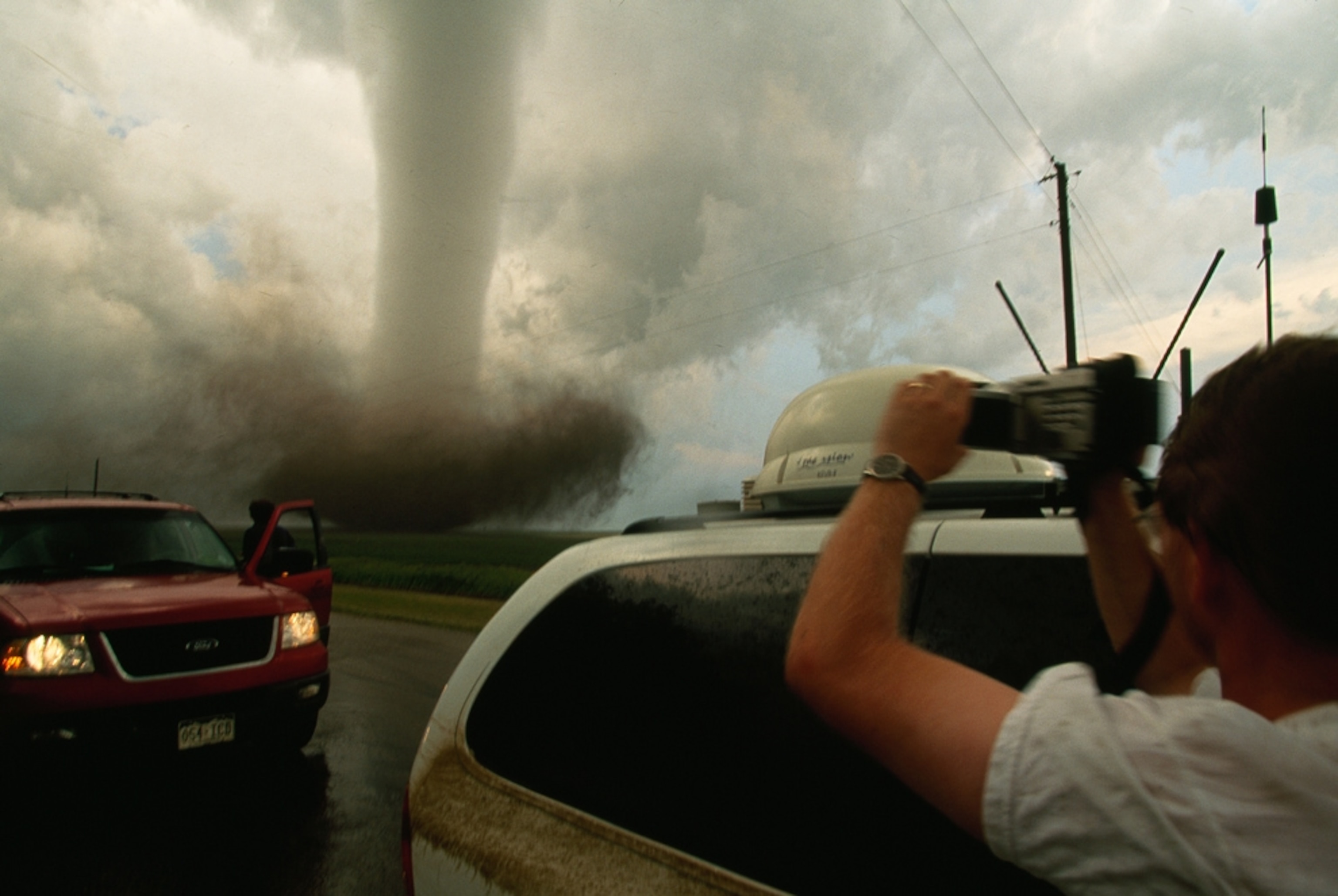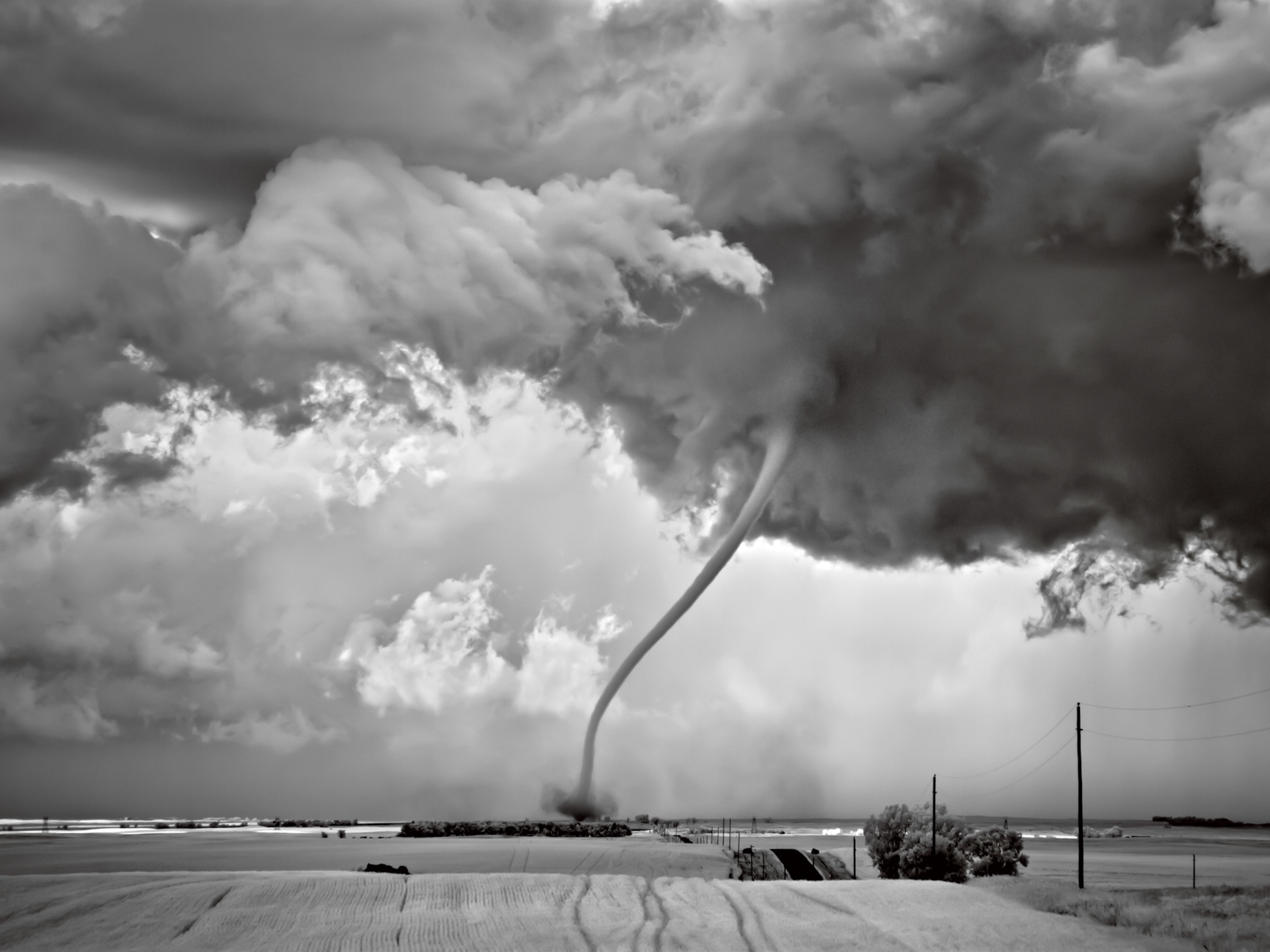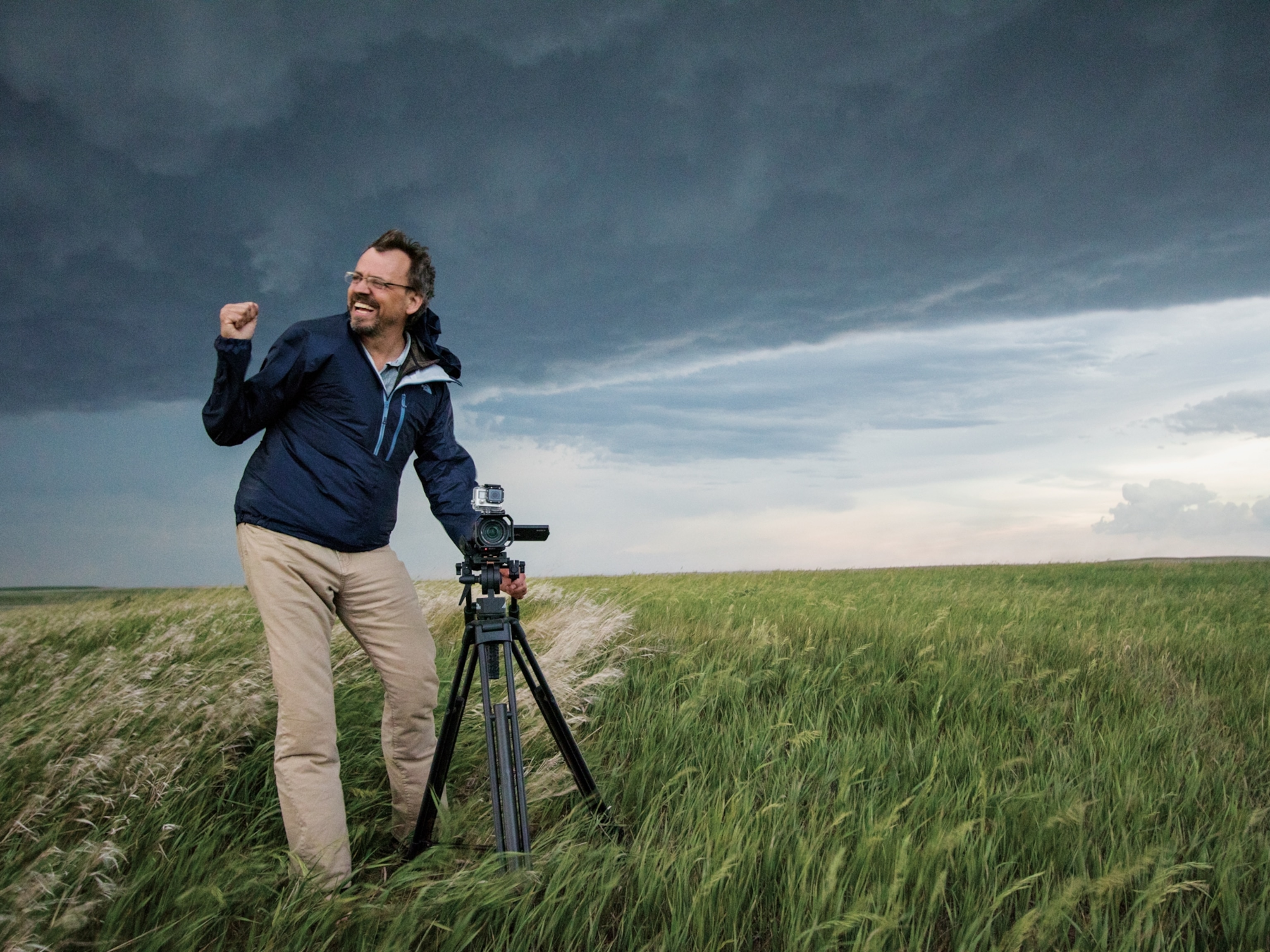
Why Tornadoes Take the Weekends Off in Summer
Weekday pollution supercharges storms in eastern U.S., study suggests.
Tornadoes and hailstorms may take the weekends off during the muggy summer months, according to a new study that reveals new ways human activity can inadvertently sway weather.
Scientists analyzed summertime storm activity in the eastern U.S. from 1995 to 2009 using data collected by the National Oceanic and Atmospheric Administration's Storm Prediction Center.
They discovered that tornadoes and hailstorms occurred at a rate of about 20 percent above average during the middle of the week. In contrast, the phenomena occurred at a rate of roughly 20 percent below average on the weekend.
The findings proved statistically significant—not just a random pattern—and matched up well with similar cycles seen in other kinds of storms, the study authors say.
The team then investigated Environmental Protection Agency air-quality monitoring data and noted that human-made, summertime air pollution over the eastern U.S. peaks midweek. The cycle is linked to more human-made pollution created during the five-day workweek, such as commuters driving to and from work.
(See "Pollution Can Change Your DNA in 3 Days, Study Suggests.")
How Pollution Supercharges Storms
This connection hints that pollution might help breed storms, the study authors say.
That's because moisture gathers around specks of pollutants, which leads to more cloud droplets. Computer models suggest these droplets get lofted up to higher, colder air, leading to more plentiful and larger hail.
Understanding how pollution can generate more tornadoes is a bit trickier. First, the large icy particles of hail that pollutants help seed possess less surface area than an equal mass of smaller "hydrometeors"—that is, particles of condensed water or ice.
As such, these large hydrometeors evaporate more slowly, and thus are not as likely to suck heat from the air. This makes it easier for warm air to help form a "supercell," the cloud type that usually produces tornadoes and large hail. (See tornado pictures.)
The pollution-storm pattern is not seen in the western U.S. because the air is too dry and the cloud masses too high and cold for air pollution to influence weather the same way, said study co-author Daniel Rosenfeld, of the Hebrew University of Jerusalem in Israel.
Overall, the research "provides yet another good reason for reducing air pollution," Rosenfeld said.
Rosenfeld and colleague Thomas Bell detailed their findings in the October issue of the Journal of Geophysical Research—Atmospheres.




